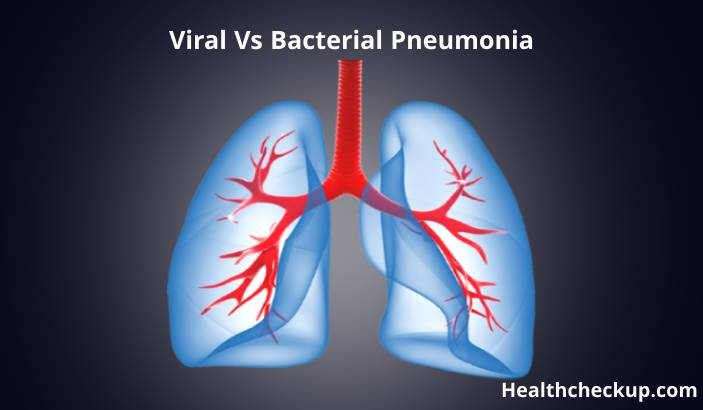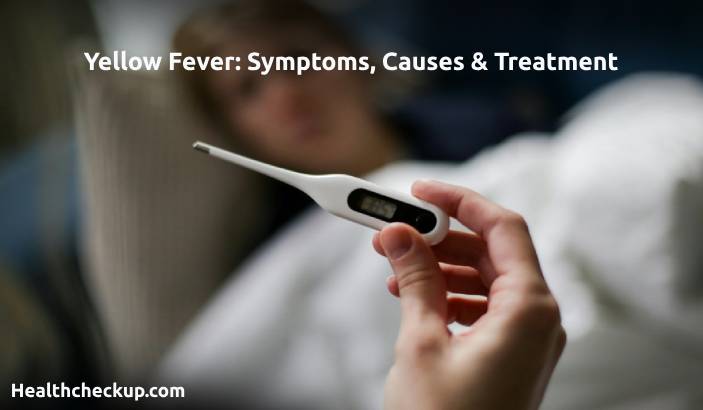Pneumonia is a serious respiratory infection that affects the lungs, causing inflammation and fluid buildup in the alveoli, the tiny air sacs where gas exchange occurs. This condition can result from various infectious agents, most commonly viruses and bacteria. Understanding whether pneumonia is viral or bacterial is crucial for determining the appropriate treatment and management strategies.
Understanding Pneumonia
Pneumonia can be caused by different types of pathogens, including viruses, bacteria, fungi, and even parasites. However, viral and bacterial pneumonias are the most prevalent forms. The distinction between viral and bacterial pneumonia is significant because it influences the choice of treatment and the prognosis.
Viral Pneumonia
Viral pneumonia is caused by viruses that infect the respiratory system. Some of the common viruses responsible for viral pneumonia include:
- Influenza Virus: Seasonal flu viruses are a common cause of viral pneumonia, particularly in the elderly, young children, and individuals with weakened immune systems.
- Respiratory Syncytial Virus (RSV): RSV is a major cause of viral pneumonia in infants and young children.
- Coronaviruses: Including SARS-CoV-2 (which causes COVID-19), coronaviruses can lead to severe viral pneumonia.
- Adenoviruses: These viruses can cause respiratory infections and, in some cases, lead to pneumonia.
- Parainfluenza Viruses: These viruses often cause respiratory infections in children and can result in pneumonia.
Symptoms of Viral Pneumonia
The symptoms of viral pneumonia can vary depending on the specific virus involved but generally include:
- Fever: Often lower than in bacterial pneumonia, but can be high in cases like influenza.
- Cough: Usually dry, but can become productive with clear or white phlegm.
- Shortness of Breath: Difficulty breathing or rapid breathing.
- Fatigue: General feeling of tiredness and weakness.
- Muscle Aches: Body aches and pains.
- Headache: Pain in the head, often associated with other systemic symptoms.
Diagnosis of Viral Pneumonia
Diagnosing viral pneumonia involves a combination of clinical evaluation, imaging, and laboratory tests:
- Physical Examination: A healthcare provider will listen to the lungs for abnormal sounds such as crackles or wheezing.
- Chest X-ray: Helps to visualize the extent of lung involvement and distinguish between viral and bacterial pneumonia.
- Laboratory Tests: Blood tests, nasal swabs, or throat swabs can identify specific viruses.
Treatment of Viral Pneumonia
The treatment of viral pneumonia primarily focuses on supportive care:
- Rest and Hydration: Ensuring adequate rest and fluid intake to support the immune system.
- Antiviral Medications: In some cases, antiviral drugs are prescribed, such as oseltamivir for influenza.
- Symptom Management: Over-the-counter medications to reduce fever, pain, and cough. Inhalers or oxygen therapy is needed for severe cases.
Bacterial Pneumonia
Bacterial pneumonia is caused by bacteria that infect the lungs. The most common bacterial agents include:
- Streptococcus pneumoniae: The leading cause of bacterial pneumonia in adults.
- Haemophilus influenzae: Another common cause, especially in individuals with chronic lung conditions.
- Mycoplasma pneumoniae: Causes a milder form of pneumonia known as “walking pneumonia.”
- Legionella pneumophila: Responsible for Legionnaires’ disease, a severe form of pneumonia.
- Staphylococcus aureus: Can cause severe pneumonia, particularly in individuals with weakened immune systems.
Symptoms of Bacterial Pneumonia
Bacterial pneumonia symptoms are often more severe than those of viral pneumonia and can include:
- High Fever: Often higher than in viral pneumonia.
- Productive Cough: Producing thick, yellow or green mucus.
- Chest Pain: Sharp or stabbing pain that worsens with deep breaths or coughing.
- Shortness of Breath: Difficulty breathing and rapid breathing.
- Fatigue: Profound tiredness and weakness.
- Confusion: Especially in older adults, confusion or changes in mental awareness.
Diagnosis of Bacterial Pneumonia
Diagnosing bacterial pneumonia involves similar steps to diagnosing viral pneumonia but with additional emphasis on identifying the bacterial cause:
- Physical Examination: Listening to lung sounds and assessing symptoms.
- Chest X-ray: Identifying areas of consolidation in the lungs indicative of bacterial infection.
- Laboratory Tests: Blood tests, sputum cultures, and sometimes blood cultures to identify the specific bacteria causing the infection.
- Rapid Tests: Such as urine antigen tests for Streptococcus pneumoniae and Legionella pneumophila.
Treatment of Bacterial Pneumonia
Treatment for bacterial pneumonia typically involves antibiotics, which are chosen based on the suspected or confirmed bacterial cause:
- Antibiotics: Commonly prescribed antibiotics include penicillin, amoxicillin, macrolides (like azithromycin), and fluoroquinolones.
- Supportive Care: Includes rest, fluids, and over-the-counter medications to manage symptoms such as fever and pain.
- Hospitalization: In severe cases, hospitalization is required for intravenous antibiotics, oxygen therapy, and intensive care.
Distinguishing Between Viral and Bacterial Pneumonia
Distinguishing between viral and bacterial pneumonia is essential for appropriate treatment. Key differences include:
- Onset of Symptoms: Viral pneumonia often has a more gradual onset, while bacterial pneumonia can develop rapidly.
- Fever: High fever is more commonly associated with bacterial pneumonia.
- Cough: Viral pneumonia typically starts with a dry cough, whereas bacterial pneumonia usually presents with a productive cough.
- Severity: Bacterial pneumonia tends to cause more severe symptoms and complications.
Prevention of Pneumonia
Preventing pneumonia involves several strategies, including:
- Vaccination: Vaccines are available for preventing certain types of pneumonia, such as pneumococcal vaccines for Streptococcus pneumoniae and the annual influenza vaccine.
- Good Hygiene: Regular handwashing, avoiding close contact with sick individuals, and wearing masks can reduce the risk of respiratory infections.
- Healthy Lifestyle: Maintaining a healthy lifestyle with a balanced diet, regular exercise, and not smoking can strengthen the immune system and lower the risk of pneumonia.
Pneumonia can be caused by both viral and bacterial pathogens, with each type presenting distinct symptoms and requiring different treatment approaches. Viral pneumonia generally involves supportive care and, in some cases, antiviral medications, while bacterial pneumonia requires antibiotics for effective treatment. Understanding the differences between viral and bacterial pneumonia is crucial for proper diagnosis, treatment, and prevention.
I specialize in writing about health, medical conditions, and healthcare, drawing extensively from scientific research. Over the course of my career, I have published widely on topics related to health, medicine, and education. My work has appeared in leading blogs and editorial columns.









